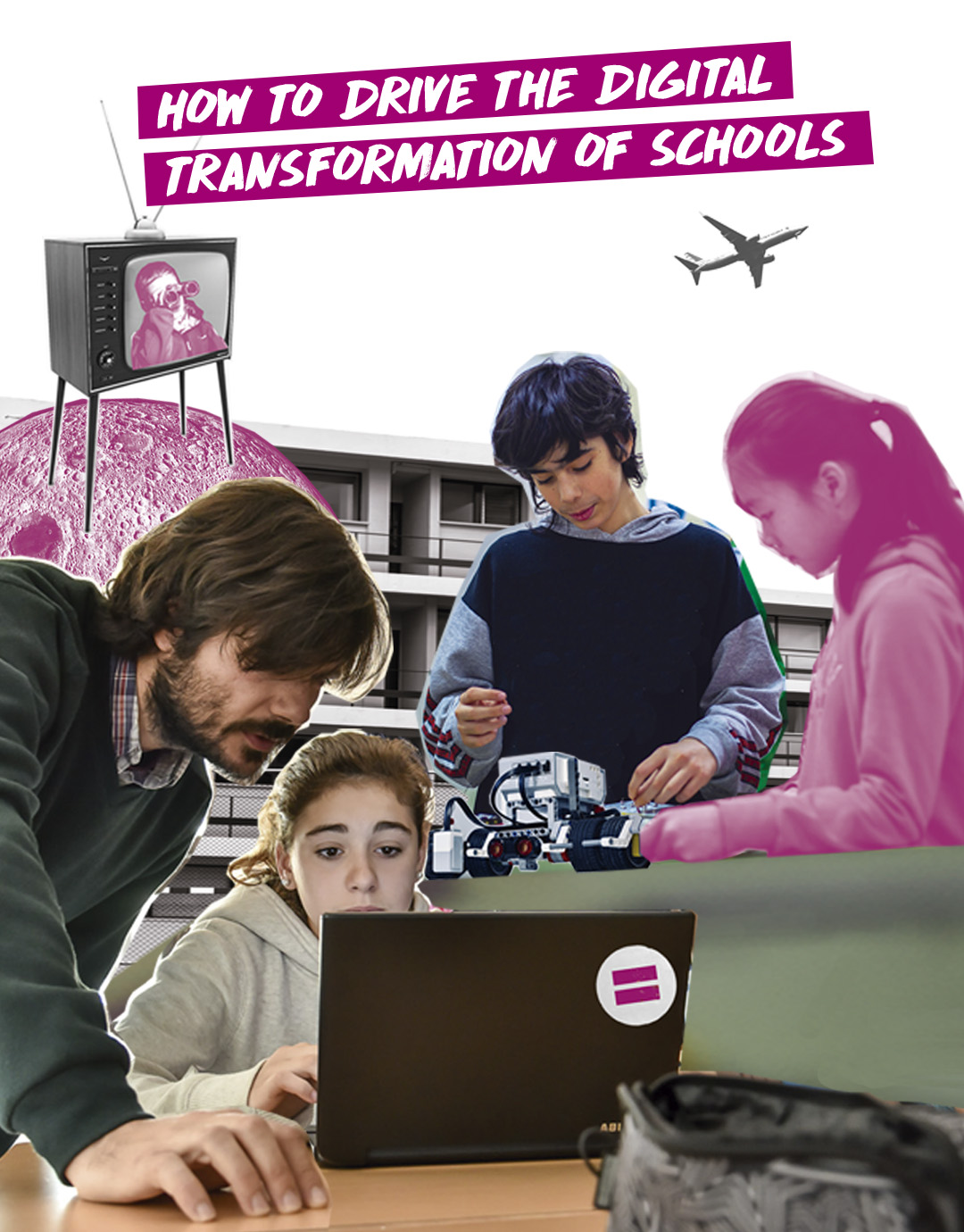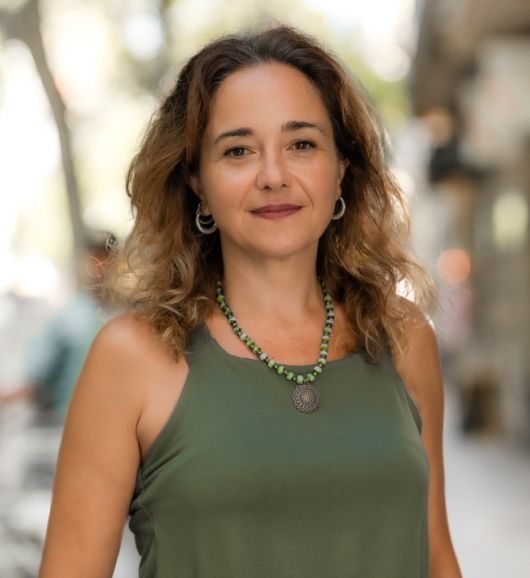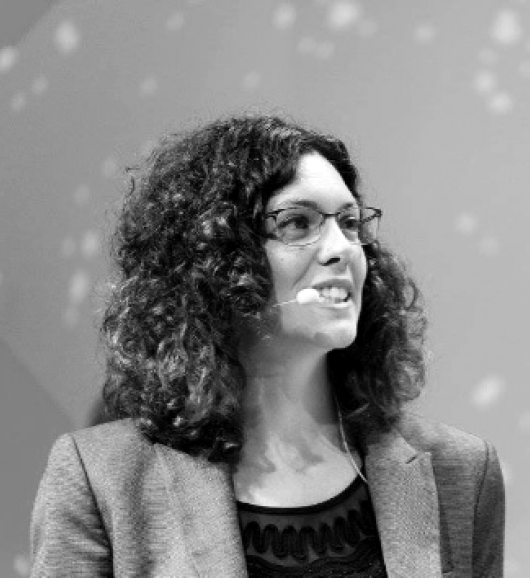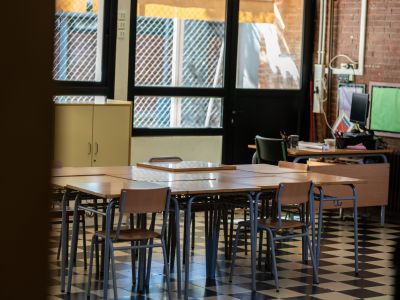

Hybrid education
How to drive the digital transformation of schools
OpenCatalonia is immersed in a process of educational transformation, and digitalisation can mean either an acceleration or a stumbling block.
Devices, connectivity, guidance and basic training are not enough to ensure that the digitalisation of education promotes more effective learning and bridges the digital gap.
This is why pedagogical designs are needed to help teachers and schools apply digital technologies with active and competent methodologies to prevent them from being used to reproduce transmission models.
To make digitisation a tool for improving learning, international research is clear: hybrid learning is the model of educational digitisation that produces the best educational outcomes in primary and secondary education.
It has the advantage of combining the best of face-to-face learning (group cohesion, collaboration, involvement) and of virtuality and asynchrony (reflective work, focused work and student autonomy).
Hybrid education. How to drive the digital transformation of schools positions the main objectives, criteria, guidelines and key actions for the government and schools to implement a hybrid learning model with two main objectives: quality and educational transformation, and equality and inclusion.
Publications

Blog
Read related articles
The hybrid school, beyond computers and the Internet
The hybrid school, beyond computers and the Internet
Coordination
Project coordinators
-


Mònica Nadal
Director of Research
With a bachelor’s and a master’s degree in Sociology from the Autonomous University of Barcelona (UAB), Mònica Nadal also holds an MPhil in Women’s Studies from Trinity College Dublin (Ireland). Since May 2014, she has been the Research director and a member of the executive team of Fundació Bofill,…
See more
-


Elena Sintes
Project Manager
PhD in Sociology and bachelor’s degree in Economics and Business Sciences from the University of Barcelona (UB). With extensive experience as a researcher in public policies of time and education, Elena Sintes has done research at the University of Barcelona and at the Autonomous University of B…
See more
Team
Project team
-


Miquel Àngel Prats
Miquel Àngel Prats, mestre, psicopedagog i Doctor en Pedagogia per la Facultat de Psicologia, Ciències de l’Educació i de l’Esport Blanquerna de la Universitat Ramon Llull de Barcelona. Actualment, és professor titular de Tecnologia Educativa i investigador responsable de la línia eduTIC del Grup…
See more
-


Liliana Arroyo Moliner
Doctora en Sociologia i especialista en innovació social digital. Actualment està centrada en l’impacte social de les eines digitals i les tecnologies emergents en àmbits com l’educació, el treball i la salut. Es defineix com a tecno-optimista i al llarg de la seva trajectòria ha participat en proje…
See more
-


Annabel Fontanet Caparrós
Annabel Fontanet i Caparrós, mestra, pedagoga i doctora en Pedagogia (URL), màster en pedagogia social (URL) i màster d’educació en valors (Universitat de Barcelona). Professora de l’FPCEE Blanquerna (Universitat Ramon Llull). Investigadora en el Grup de Recerca consolidat PSITIC de la URL, en Peda…
See more
-


Pepe Menéndez Cabrera
Pepe Menéndez Cabrera, professor i assessor internacional d’educació. És llicenciat en Ciències de la Informació i diplomat en Alta Direcció d'Empreses per Esade. Ha exercit com a professor de llengua i literatura a l'educació secundària obligatòria i postobligatòria; ha estat director ge…
See more
-


Elena Sofia Ojando
Elena Ojando, professora de la Facultat de Psicologia, Ciències de l’Educació i de l’Esport Blanquerna (Universitat Ramon Llull). Més informació aquí.
See more
-


Enric Roca
Enric Roca Casas, pedagog, professor de la Universitat Autònoma de Barcelona i coordinador d'EDU21.
See more
-

Albert Sangrà
Albert Sangrà és el director de la Càtedra UNESCO en Educació i Tecnologia per al Canvi Social a la Universitat Oberta de Catalunya (UOC). És investigador del grup consolidat Edul@b i professor catedràtic dels Estudis de Psicologia i Ciències de l'Educació. Actualment és també el director del Pla d…
See more
-

Xavier Sans
Col·laborador del projecte Educació Híbrida.
See more
-


Jordi Simón
La seva tasca principal la realitza com a professor, tutor i investigador a la Facultat de Psicologia, Ciències de l’educació i l’esport Blanquerna de la Universitat Ramon Llull.Coordinador de Títols Propis i Formació continuada de la FPCEE Blanquerna – URL.Imparteix l’assignatura de Gestió de l…
See more
-


Pilar Gargallo
Pilar Gargallo és presidenta de la FMRPC.
See more
-


Jordi Puche
Jordi Puche és mestre i pedagog per la Facultat de Psicologia, Ciències de l’Educació i de l’Esport Blanquerna de la Universitat Ramon Llull de Barcelona i Postgrau en administració de xarxes per l'ICT. Ha treballat en diferents centres educatius, sempre vinculat a la coordinació i assessor…
See more
Authors
Project authors
-


Miquel Àngel Prats
Miquel Àngel Prats, mestre, psicopedagog i Doctor en Pedagogia per la Facultat de Psicologia, Ciències de l’Educació i de l’Esport Blanquerna de la Universitat Ramon Llull de Barcelona. Actualment, és professor titular de Tecnologia Educativa i investigador responsable de la línia eduTIC del Grup…
See more
-


Elena Sintes
Project Manager
PhD in Sociology and bachelor’s degree in Economics and Business Sciences from the University of Barcelona (UB). With extensive experience as a researcher in public policies of time and education, Elena Sintes has done research at the University of Barcelona and at the Autonomous University of B…
See more
